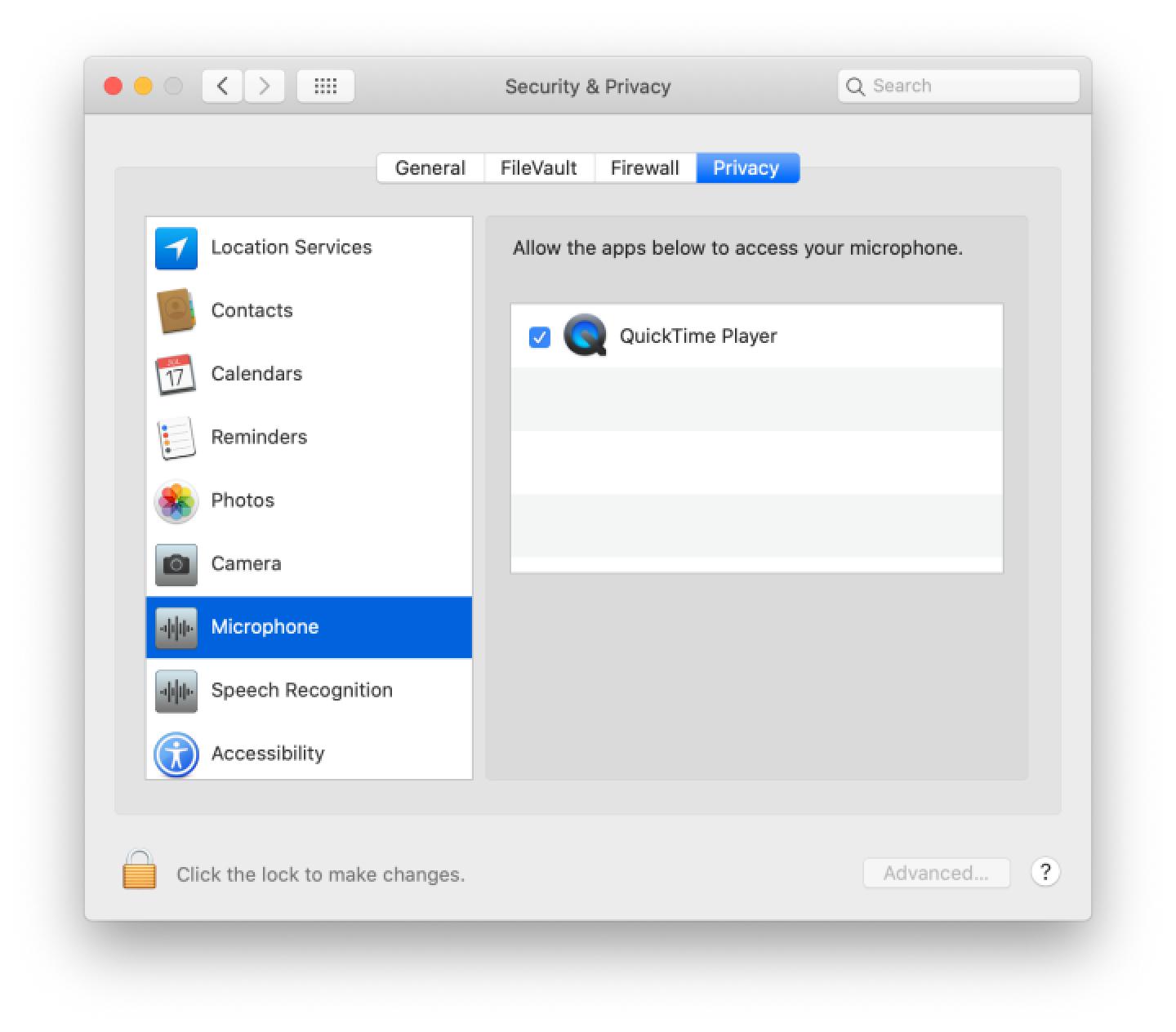

In this article, we will talk about the different ways you can record a screen on Mac with internal audio. For instance, you can install third-party apps or Chrome Extensions. In that case, you need to look out for other alternatives. That is because the tools only allow audio recording from the microphone.īut the internal audio doesn’t get recorded. However, Quick Time Player doesn’t record internal audio when screen recording takes place. One of the most impressive features is the capability to record the screen content using the native Quick Time Player tool. Sound Siphon by Static Z Software can be used for hassle-free audio routing, including per-application audio capture.Apple has changed the world of technologies, and the macOS comes with many in-built features. Loopback by Rogue Amoeba can be used for hassle-free audio routing, including per-application audio capture. Change the Desktop Audio device to BlackHole 16ch.In OBS Studio's Settings window, click on Audio.Click on Output, then click on the Multi-Output Device you created.Make sure the device you selected in step 5 is set as the Master Device at the top of the window Check one device from which you want to hear audio.


After you have installed BlackHole 16ch, open the Audio MIDI Setup application.Download BlackHole 16ch and run the installer OR install BlackHole 16ch with Homebrew.It must be set up manually does not support per-application audio capture. There are many options, including free and non-free software.īlackHole by existential audio can be used to record macOS desktop audio. In order to capture desktop audio on older versions of macOS, you will require additional software. Note: you can combine the new macOS Screen Capture Source audio with the other methods below for advanced control over audio.Ĭapture audio on previous versions of macOS Edit the macOS Screen Capture Source's transformation to set the size to zero width by zero height.Place the macOS Screen Capture Source behind all other sources, or.If you only wish to capture audio, not show any picture, you can either: If you use Window Capture, audio from the entire application will be captured regardless of which window you select. To capture from just a single application, you can use either Window Capture or Application Capture. All audio from all applications will be captured regardless of which display you select. To capture all desktop audio, use Display Capture. If the source is hidden, the audio will be removed. The audio will automatically be added to the audio mixer. When using OBS Studio 28+ on macOS 13 "Ventura" or later, you can capture desktop audio or just the audio coming from a single application.


 0 kommentar(er)
0 kommentar(er)
